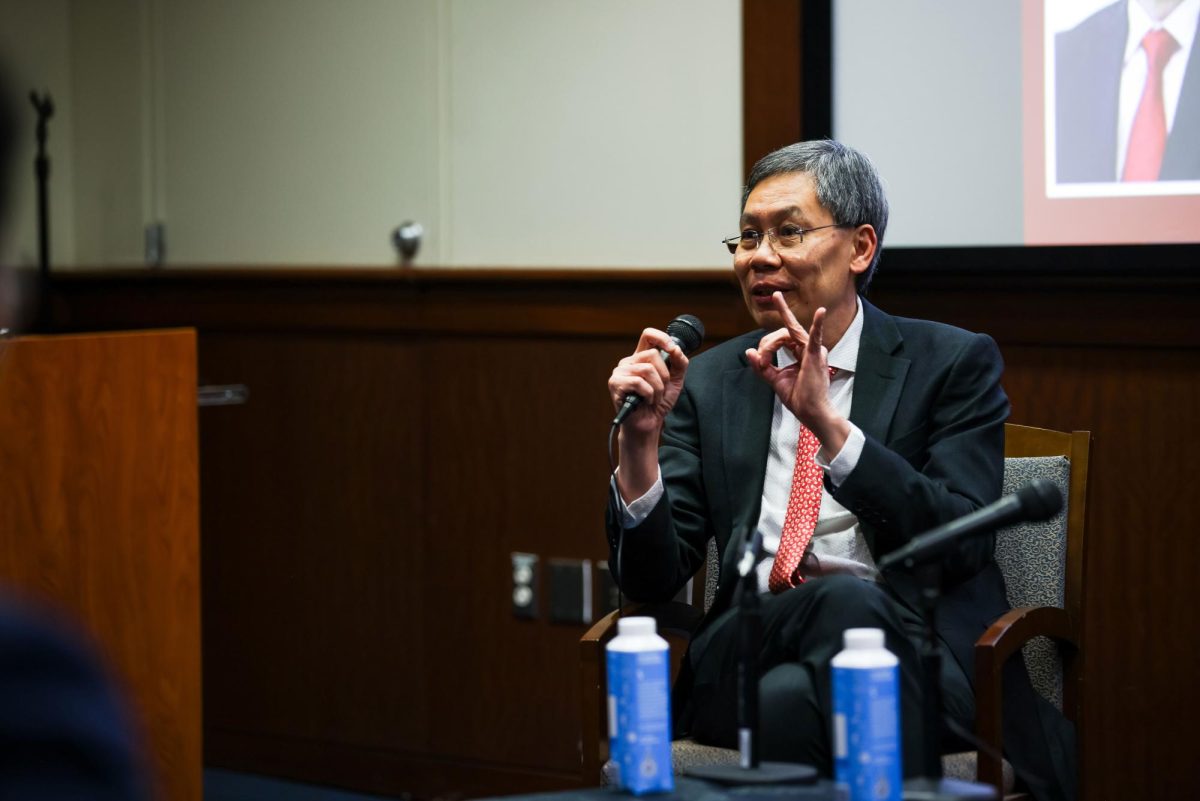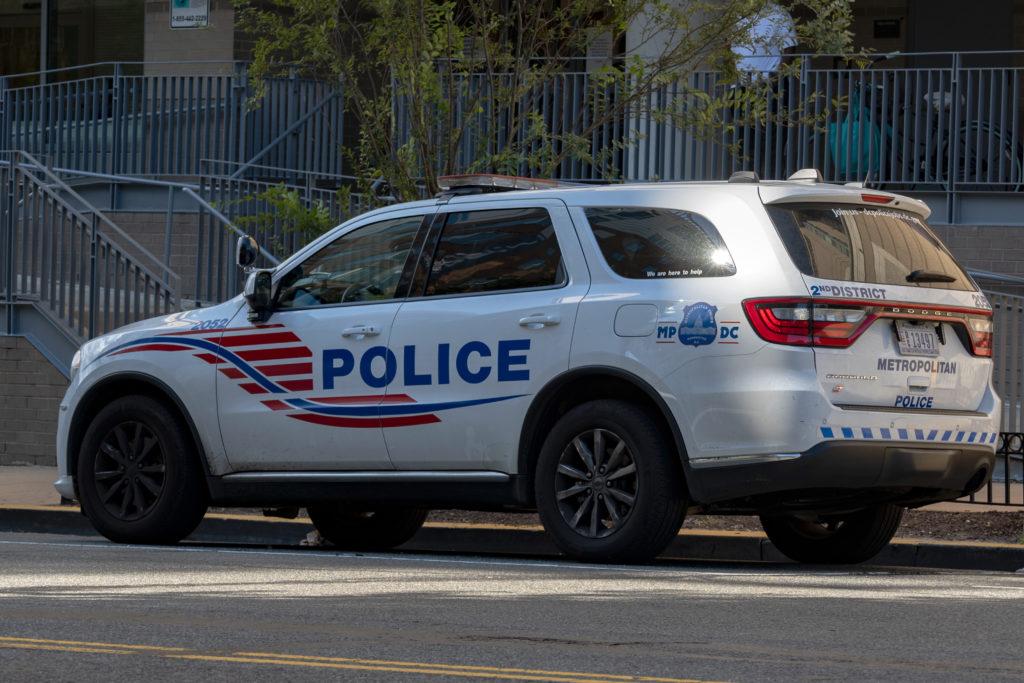The perpetrator of the New Hall vandalism was identified and subsequently charged for his or her actions, the University announced in a blast e-mail Sunday morning. Similar cases of vandalism in both Mitchell Hall and Potomac House remain unsolved. Members of the GW community appreciate the candid nature of this communication and will want to be similarly informed as the situation progresses. While this is an encouraging development it brings about its own host of questions yet to be answered, especially in the University’s decisions of how to proceed.
The statement from the University explained that the suspect could face judicial action from the District of Columbia in addition to Student Judicial Services processes. Many details remain unknown to the general GW population but the University would be wise to advocate for the D.C. government to prosecute this case within the extent of the law. This case of continued, inflammatory action has disrupted campus and furthered ongoing racial and ethnic tensions that have plagued our community for a fair share of this fall semester.
In a different recent instance on campus, a group of students vandalized campus landmarks such as the George Washington statue and the hippo in front of Lisner Auditorium. In this case, University Police Department Chief Dolores Stafford told The Hatchet that not only would the perpetrators be facing SJS action, but arrest warrants from the city have also been issued. If such mindless vandalism demands city action, what should be ordered in the hateful ongoing case of swastikas on campus?
In addition to being a disgrace to the GW community, this issue translates into the city at large. Local news outlets, including The Washington Post, have reported on this latest disruption of campus and life in Foggy Bottom. This case has a clear campus effect, which can be addressed by appropriate SJS action, but the perpetrator(s) have also broken D.C. vandalism laws. When such an element of hate is added to the lesser charge of vandalism, there should be little question that District sanctions must be taken into consideration.
Indeed identifying a perpetrator in this case can bring some sense of closure for the community, but the University must be willing to communicate what further actions are being taken without compromising their investigation or the privacy of the accused. In order for those affected to feel any sense of finality, they should be kept aware of how exactly justice is being served, both on campus and through D.C. law.
Before the dust has had time to settle on the postering incident of last month, comparisons between these two cases are being made. Both instances were disruptive to the daily ins and outs of life at GW and both have brought racial and ethnic tensions to the surface. However, the posters from the Students for Conservativo-Fascism Awareness against the Young America’s Foundation and their Islamo-Fascism Awareness Week (which failed in their satirical attempts) differed in their intent from the current situation.
Here students are being targeted on an individual basis, sometimes repeatedly, with a symbol that leaves little room for interpretation. The postering incident, though upsetting for it’s outlandish comments about Muslims, was an attempt for satire. Also, those who hung the posters argued that they were actually trying to combat racism directed towards Muslims in the first place. Both cases are disturbing in their own right, but we must not jump to comparing the two without qualifications.
This ongoing trauma to the University has made its mark on many levels of GW life. It is encouraging to see some headway has been made, but our community must not let its guard down quite yet.




